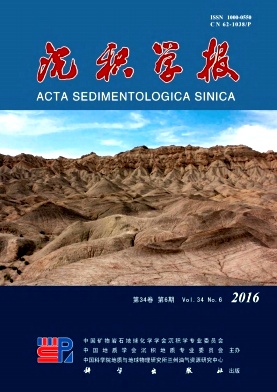Porosity Evolution and Diagenetic Facies Study of Submarine Fan Reservoir in North Slope of Lingshui Sag
doi: 10.14027/j.cnki.cjxb.2016.06.017
- Received Date: 2015-12-27
- Rev Recd Date: 2016-02-15
- Publish Date: 2016-12-10
-
Key words:
- porosity evolution /
- diagenetic facies /
- the 2nd Member of Meishan Formation /
- submarine fan /
- Qiongdongnan Basin
Abstract: The submarine fan reservoir in the north slope of Lingshui sag, Qiongdongnan basin are characterized by fine grain, unclear genesis of low permeability and unknown distribution of the "sweet spot". This paper analyzed the porosity evolution and diagenetic facies based on the rock thin section, scanning electron microscopy, mercury injection experiment, particle size and petrophysics data. Besides, the "sweet spot" was predicted from the aspect of diagenetic facies. The results showed that primary porosity and mould pore are the main pore type in the 2nd member of Meishan Formation reservoir. The target intervals was in the middle diagenesis A stage. Porosity evolution was discussed according to sedimentation factors and diagenesis as follows:Primary pore were controlled by depositional environment, which were decreased sharply by later mechanical compaction; Dissolution played a great role in porosity increasing. Middle compaction-feldspar dissolution, middle compaction-glauconite cementation, strong compaction-weak dissolution were identified in the study area. The "sweet spot" was distributed in the inner submarine fan which had strong hydrodynamic condition and developed middle compaction-feldspar dissolution.
| Citation: | ZENG XiaoMing, YU Jia, PAN Yan, CHEN XiaoWu, ZHANG Hui. Porosity Evolution and Diagenetic Facies Study of Submarine Fan Reservoir in North Slope of Lingshui Sag[J]. Acta Sedimentologica Sinica, 2016, 34(6): 1198-1207. doi: 10.14027/j.cnki.cjxb.2016.06.017 |






 DownLoad:
DownLoad: